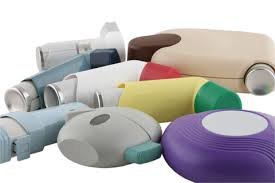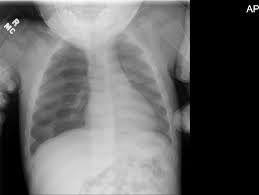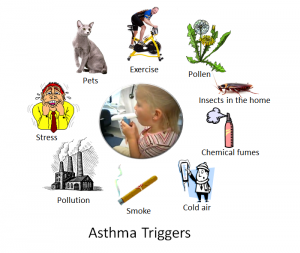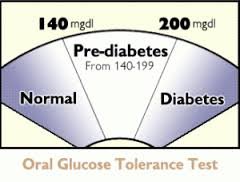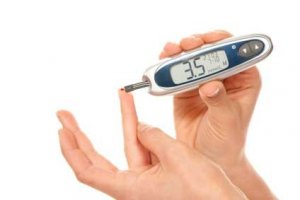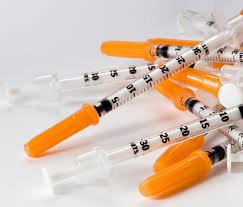Diabetes…will you have it?
Diabetes, often referred to by doctors as diabetes mellitus, describes a group of metabolic diseases in which the person has high blood glucose (blood sugar), either because insulin production is inadequate, or because the body's cells do not respond properly to insulin, or both (Diabetes). Patients with high blood sugar will typically experience polyuria (frequent urination), they will become increasingly thirsty (polydipsia) and hungry (polyphagia).
Fast facts on diabetes
• Diabetes is a long-term condition that causes high blood sugar levels.
• In 2013 it was estimated that over 382 million people
throughout the world had diabetes
(Williams Textbook of Endocrinology).
• Type 1 Diabetes - the body does not produce insulin.
Approximately 10% of all diabetes cases are type 1
(Williams Textbook of endocrinology).
• Type 2 Diabetes - the body does not produce enough
insulin for proper function. Approximately 90% of all cases
of diabetes worldwide are of this type (Williams textbook of endocrinology).
• Gestational Diabetes - this type affects females during pregnancy.
• The most common diabetes symptoms include frequent urination, intense thirst and hunger, weight gain, unusual weight loss, fatigue, cuts and bruises that do not heal, male sexual dysfunction, numbness and tingling in hands and feet.
• If you have Type 1 and follow a healthy eating plan, do adequate exercise, and take insulin, you can lead a normal life.
• Type 2 patients need to eat healthily, be physically active, and test their blood glucose. They may also need to take oral medication, and/or insulin to control blood glucose levels.
• As the risk of cardiovascular disease is much higher for a diabetic, it is crucial that blood pressure and cholesterol levels are monitored regularly.
• As smoking might have a serious effect on cardiovascular health, diabetics should stop smoking (Williams textbook of endocrinology).
• Hypoglycemia - low blood glucose - can have a bad effect on the patient. Hyperglycemia - when blood glucose is too high - can also have a bad effect on the patient.


